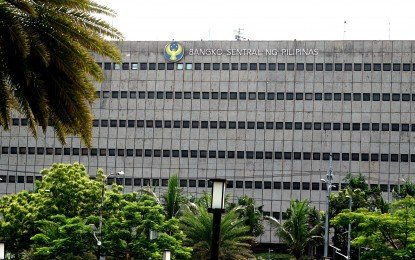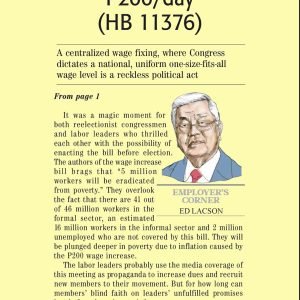
As expected, the Monetary Board of the Bangko Sentral ng Pilipinas (BSP) reduced key rates by another 25 basis points (bps) on Wednesday, bringing to 6% the benchmark rate.
This is the second reduction of key rates by the BSP this year following the 25 bps cut on August 15.
The BSP cited better inflation for the second consecutive key rate reduction this year. To recall, the inflation rate for September settled at 1.9%, the lowest for this year.
Also, the BSP reduced its risk-adjusted inflation for this year.
“The risk-adjusted inflation forecast for 2024 eased to 3.1% from 3.3% in the previous meeting,” BSP Governor Eli Remolona said during a BSP press briefing on Wednesday.
Prior to the BSP’s decision on Wednesday to reduce policy rates, there were hopes the Monetary Board will decided on cut of 50 bps.
However, the BSP governor said that a 50 bps reduction would have been too aggressive.
“I think what would make 50 basis points [cut] possible would be a scenario in which we see a hard landing. But otherwise, I think that’s too aggressive a cut,” Remolona added.
The Monetary Board of the BSP will hold its last meeting for this year in December, and there are hopes another 25 bps reduction will be made.
For his part, BSP Assistant Governor of the Monetary Policy Sub-sector Zeno Abenoja said the lower inflation rates in August and September contributed to the central bank’s lower forecast for the year.
“We have seen for example the last two inflation prints for August and September reflect slowdown in rice inflation and other key commodities including vegetables and some cereals so this has affected the outlook for the rest of the year,” said Abenoja.
However, the BSP’s risk-adjusted forecast for 2025 was increased to 3.3% from the previous 2.9%, while the forecast for 2026 was also pushed upward to 3.7% from 3.3%.
“For 2025 and 2026 we are seeing a higher, slightly higher, but still within target, inflation averages and the slight uptick is due to higher global oil prices which we have also observed the past few weeks, as well as some positive base effects in the next 12 months,” said Abenoja.
The other upside risks to the central bank’s inflation outlook for 2025 and 2026 include the potential adjustments in electricity rates and higher minimum wages in areas outside Metro Manila. Meanwhile, the downside factors can be the impact of lower tariffs on imported rice.
For their part, government economists still see inflation this year settling at 2% to 4%.
(PHOTO FROM PNA)







